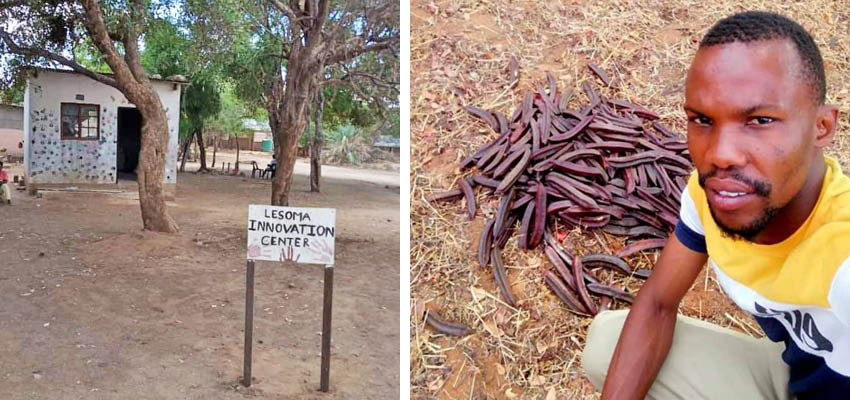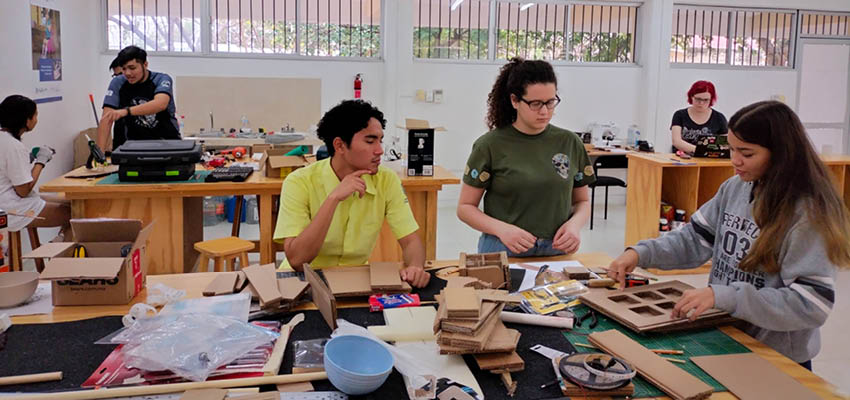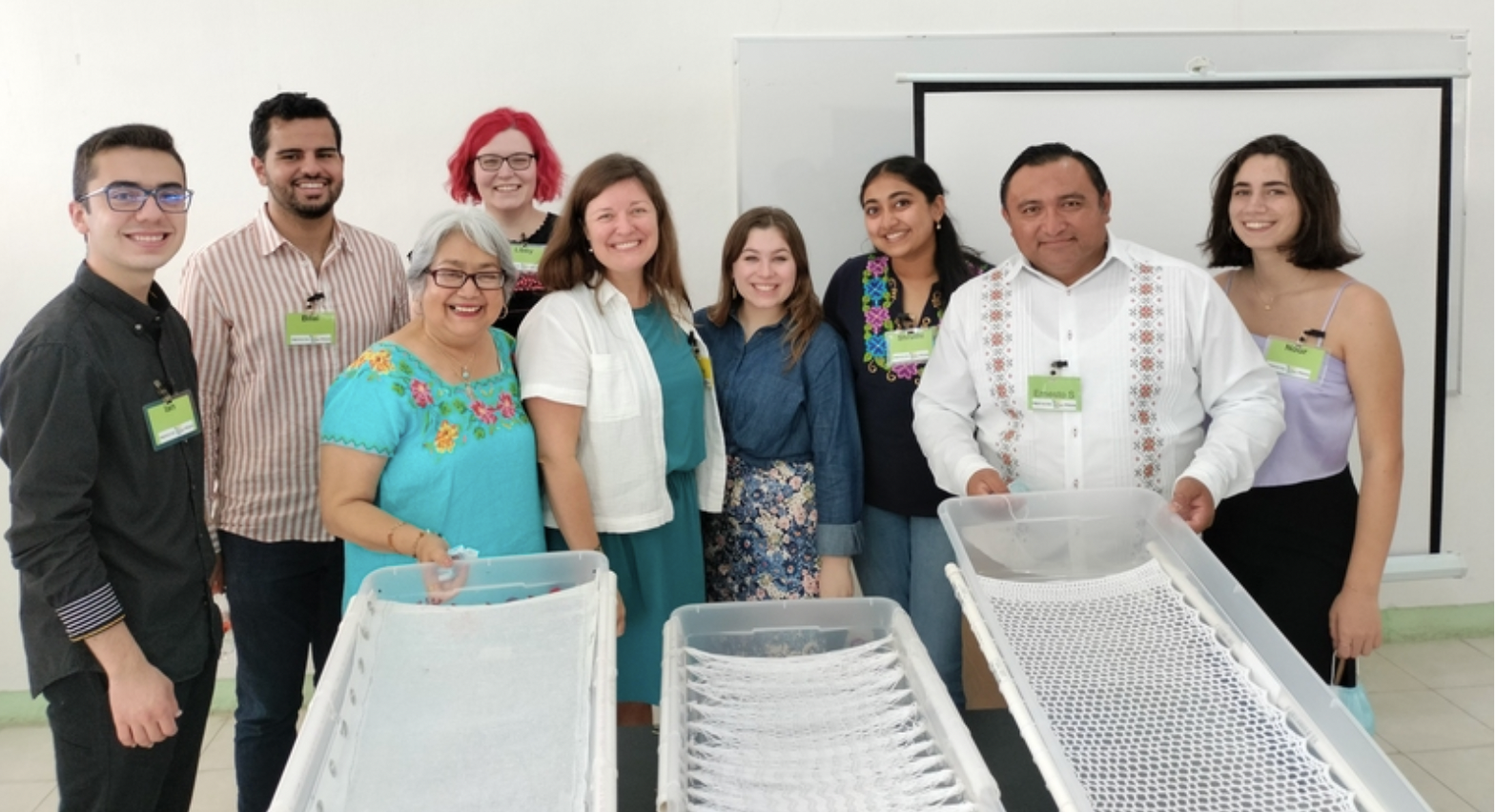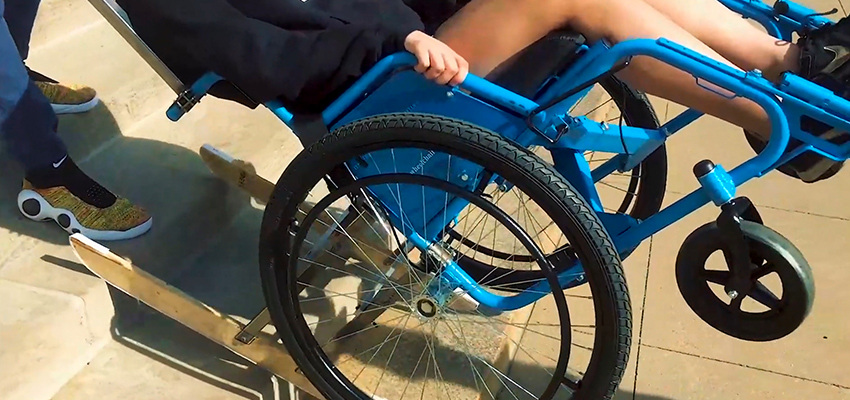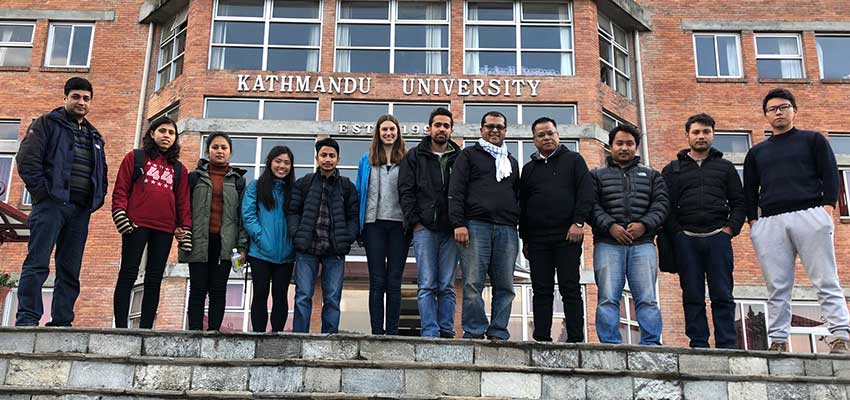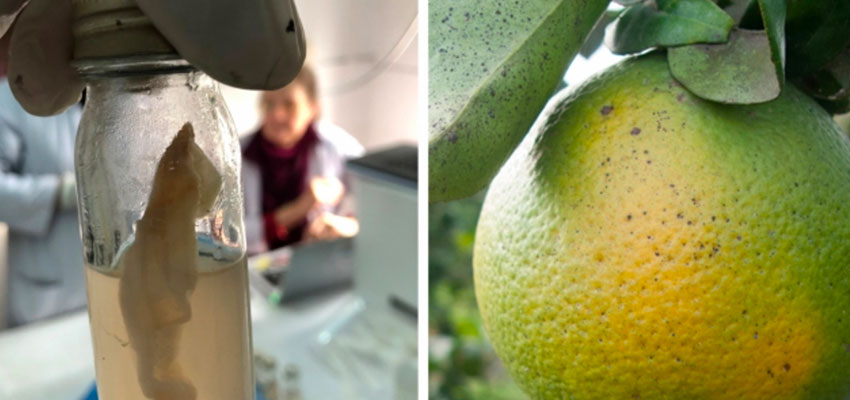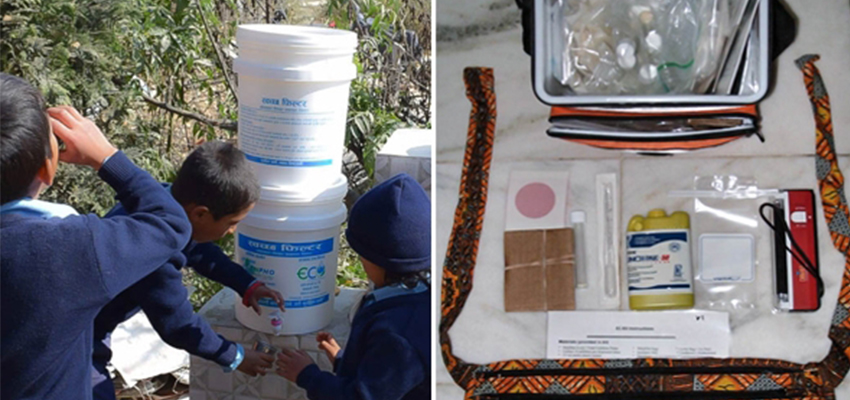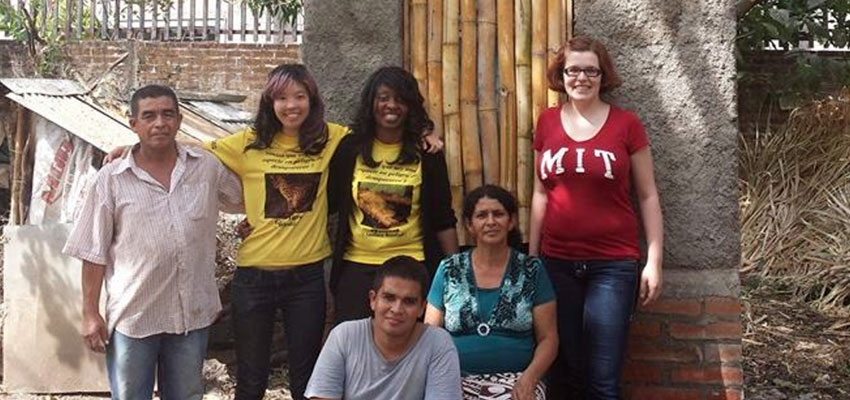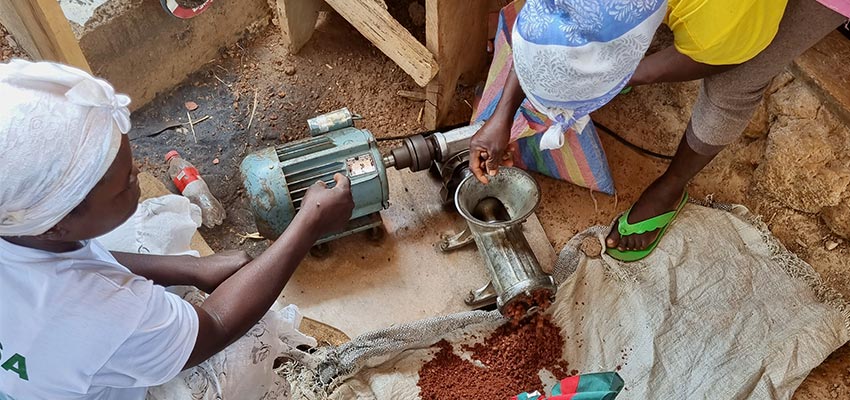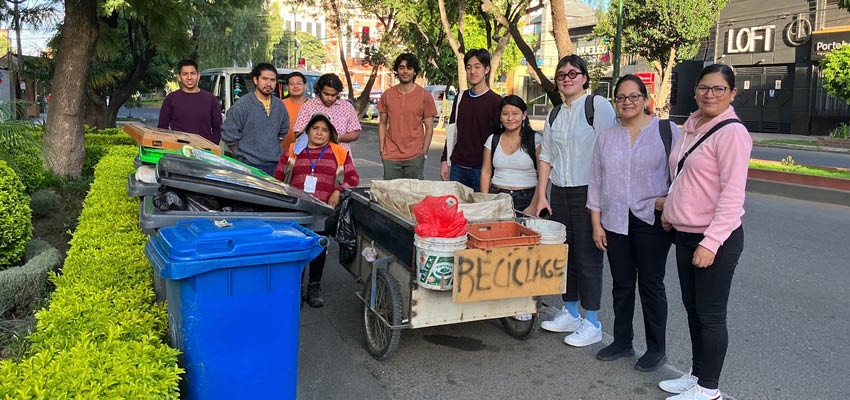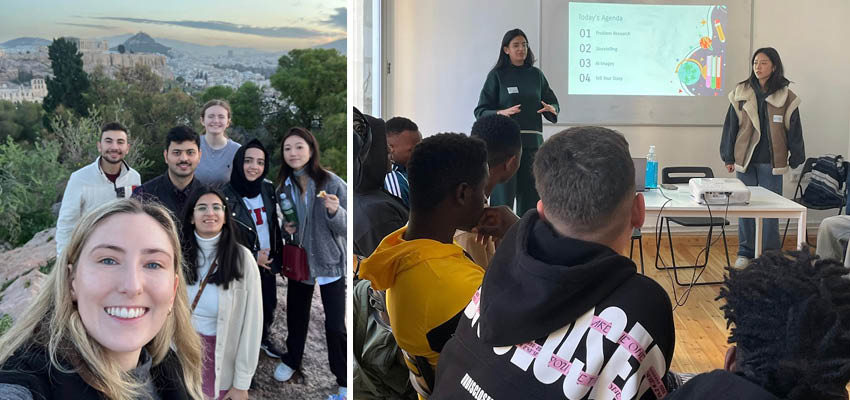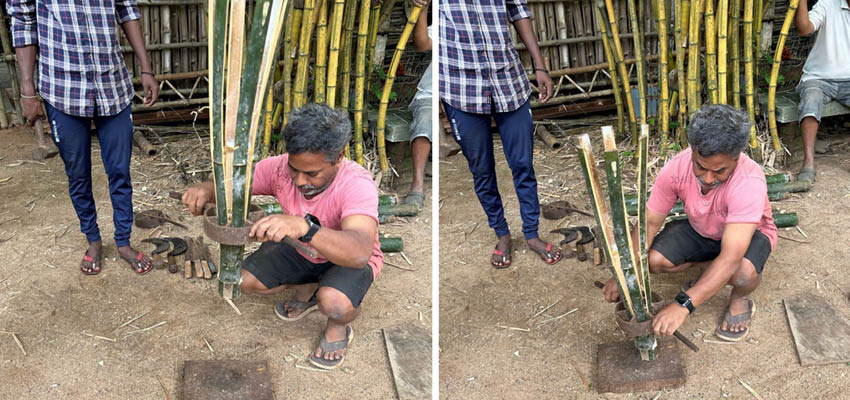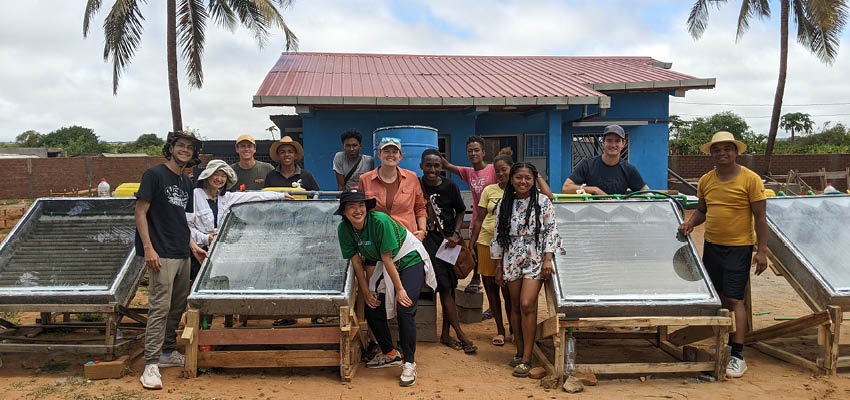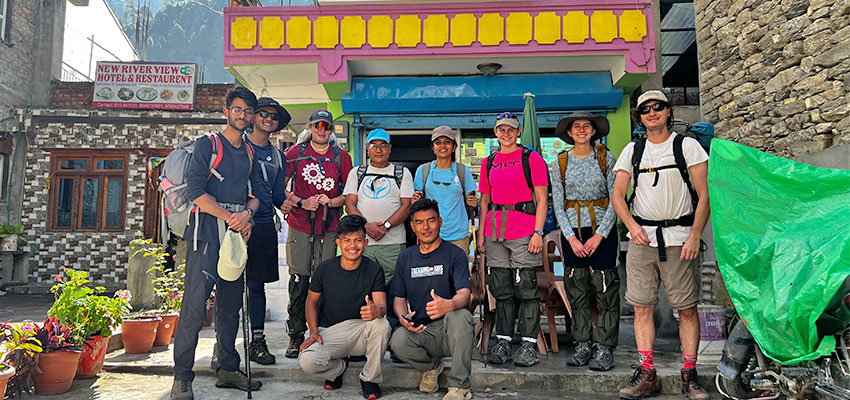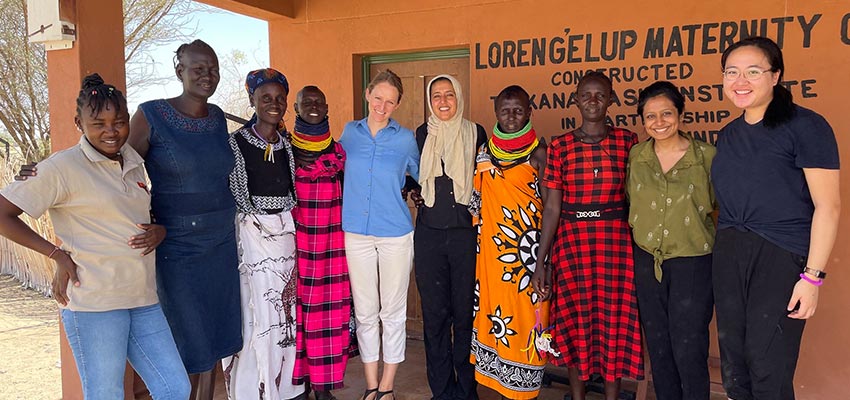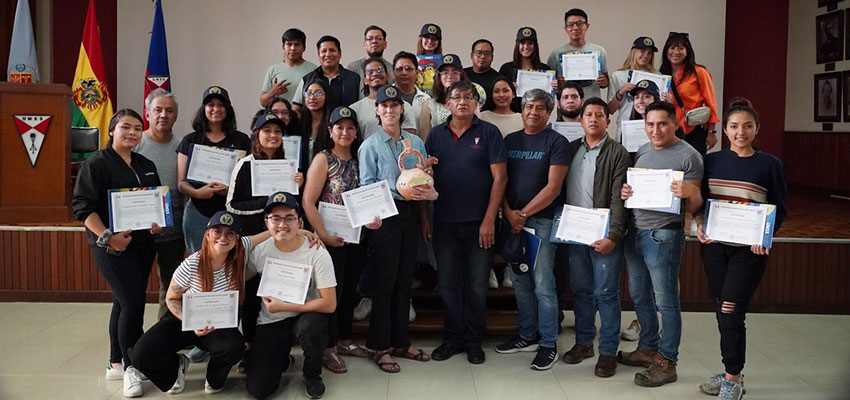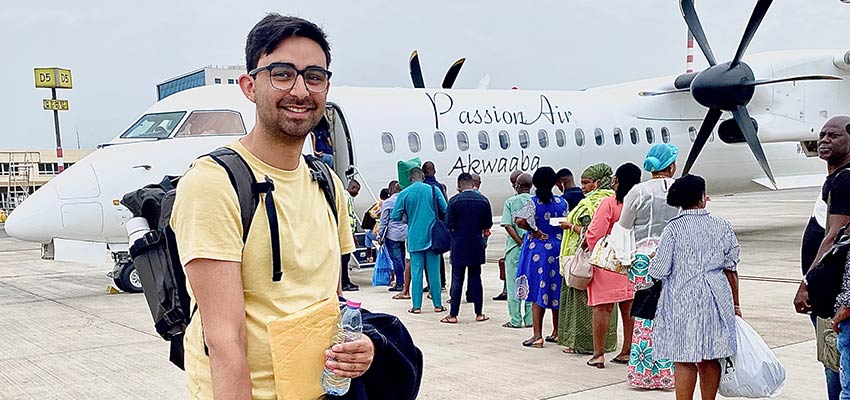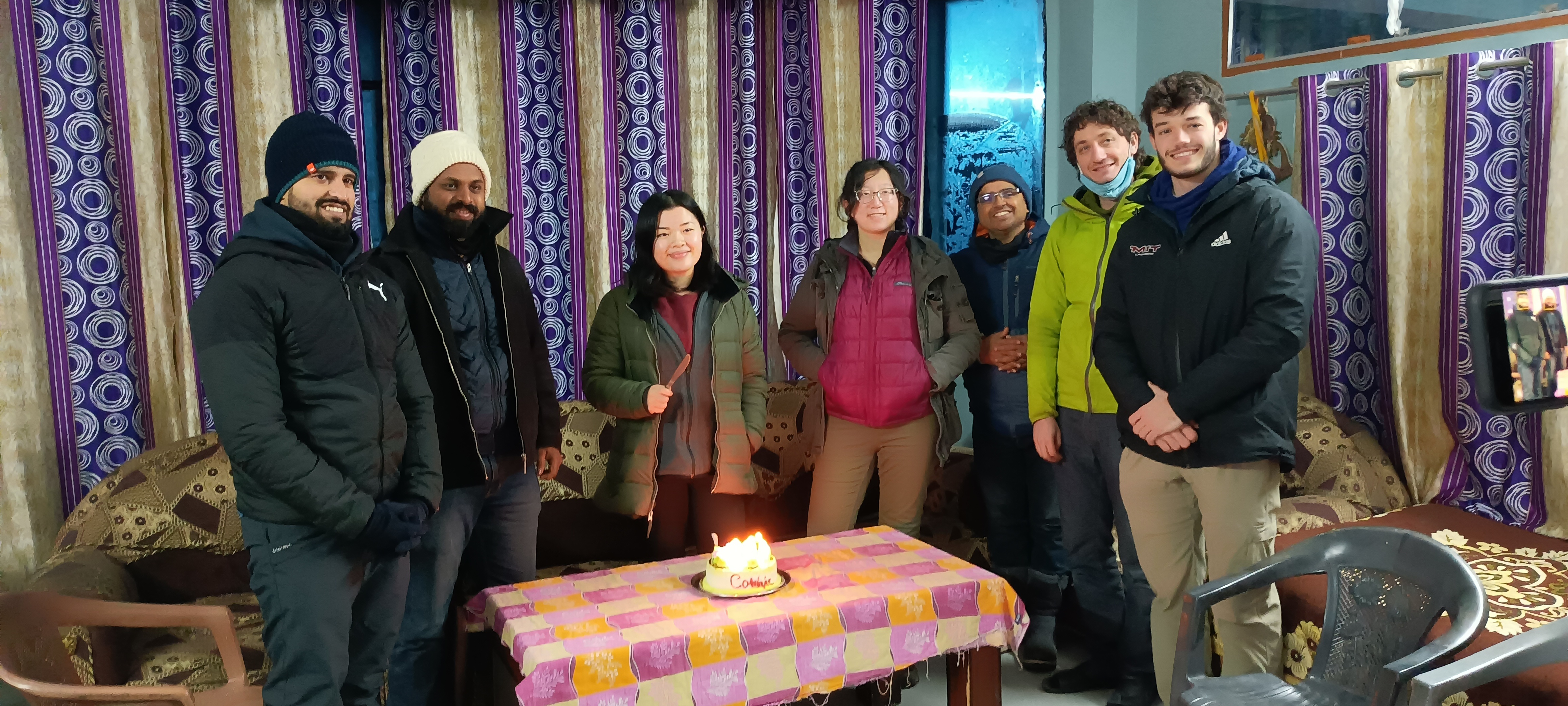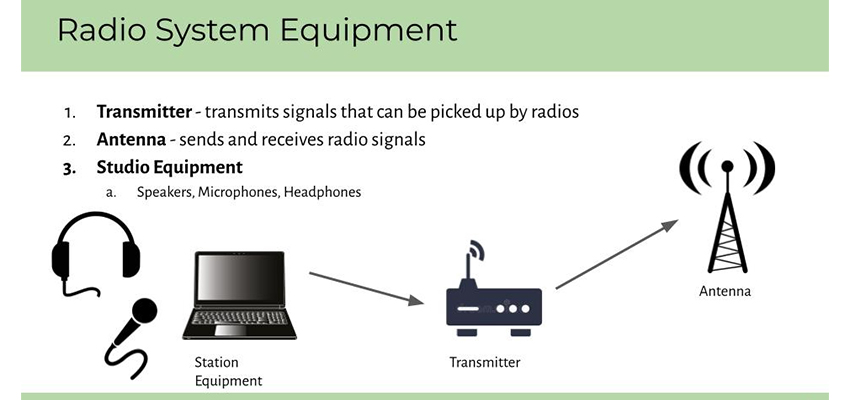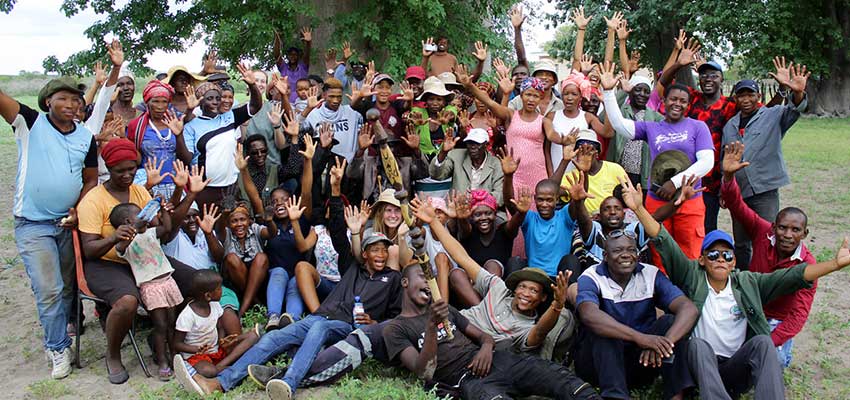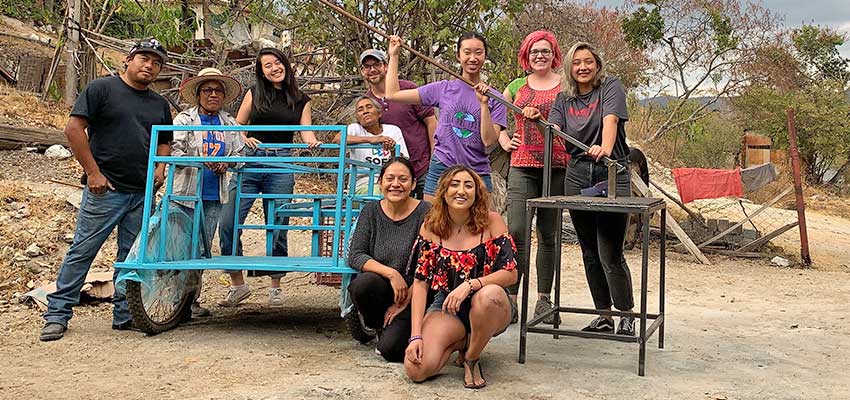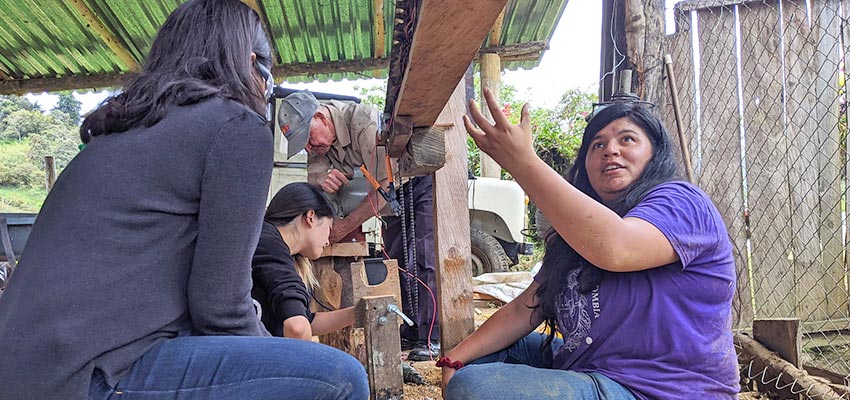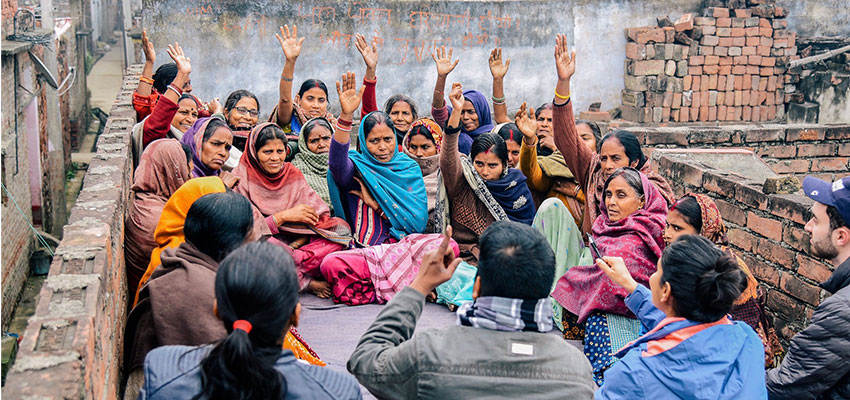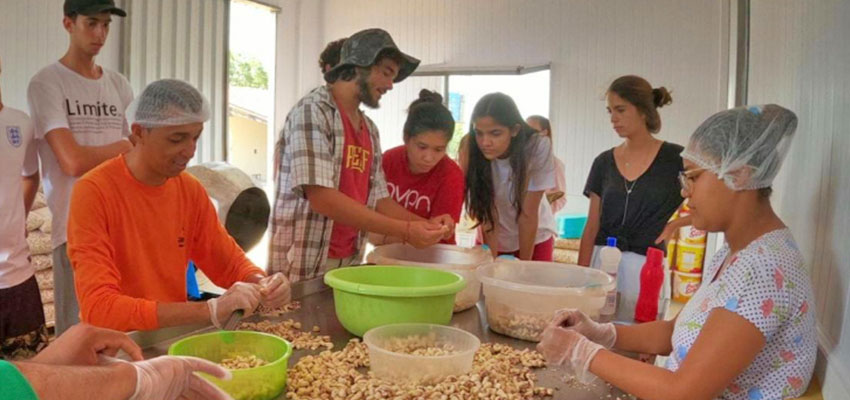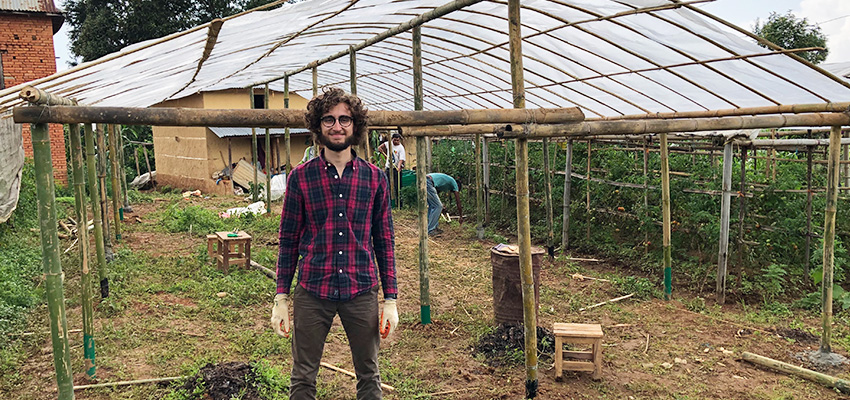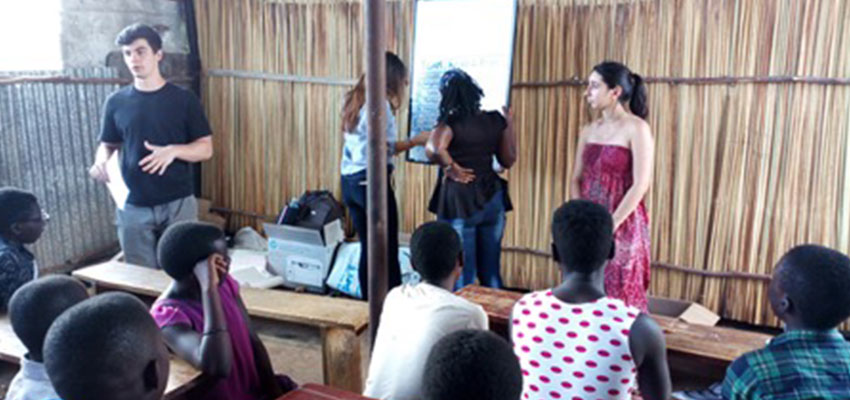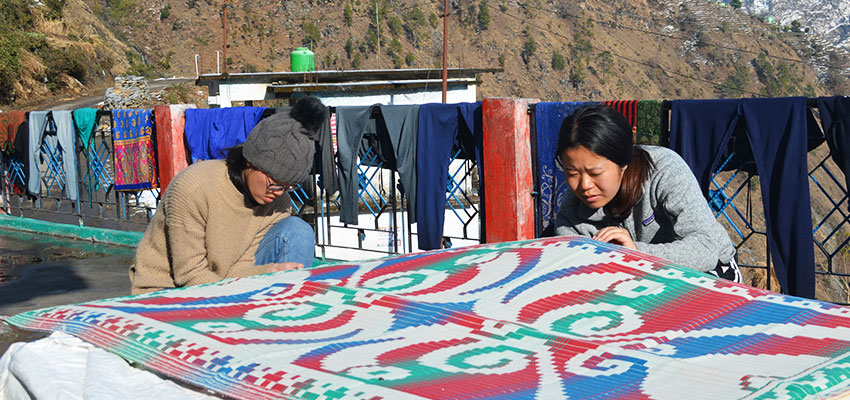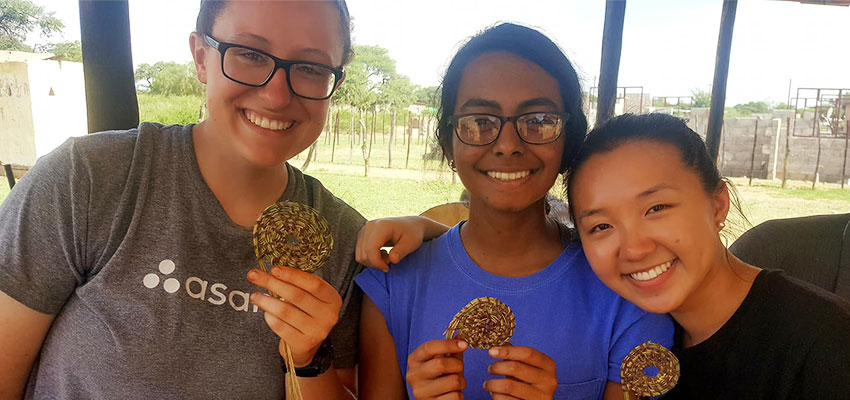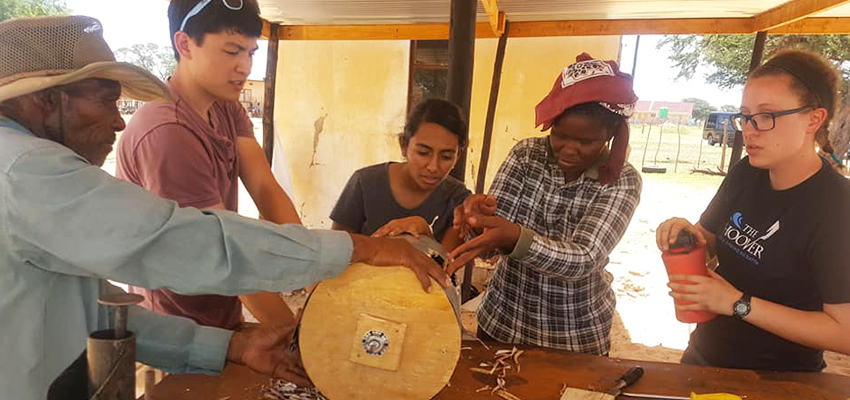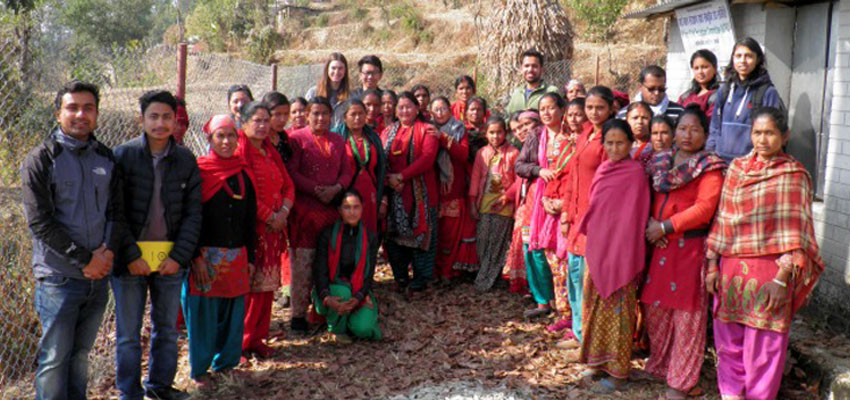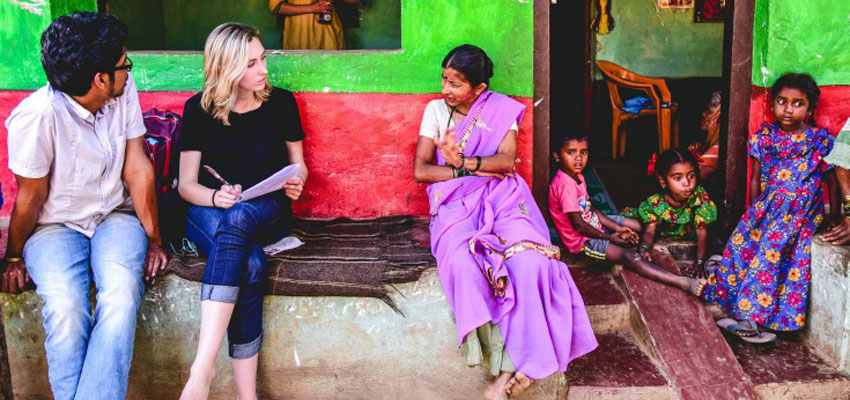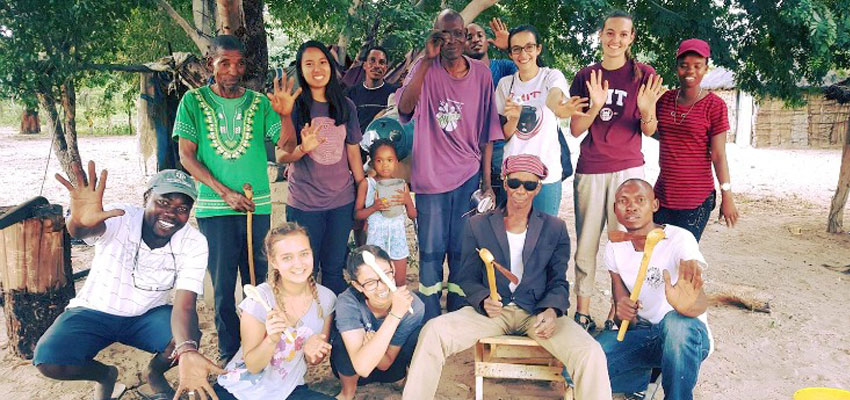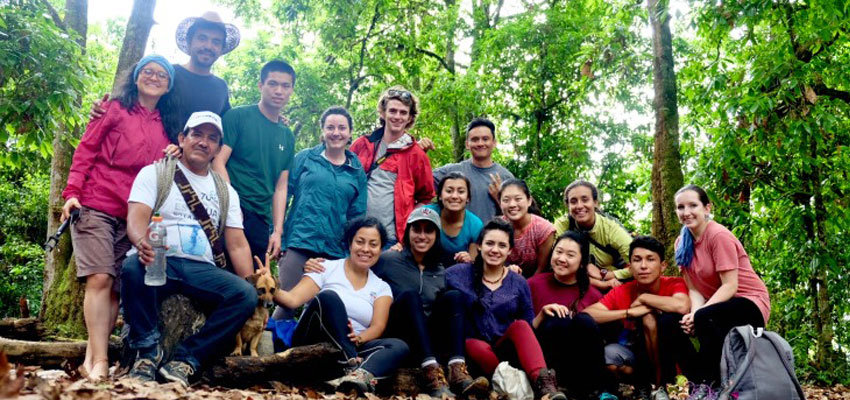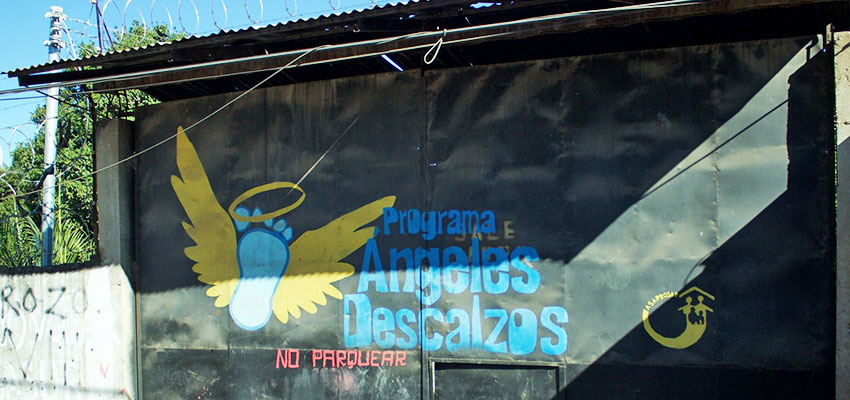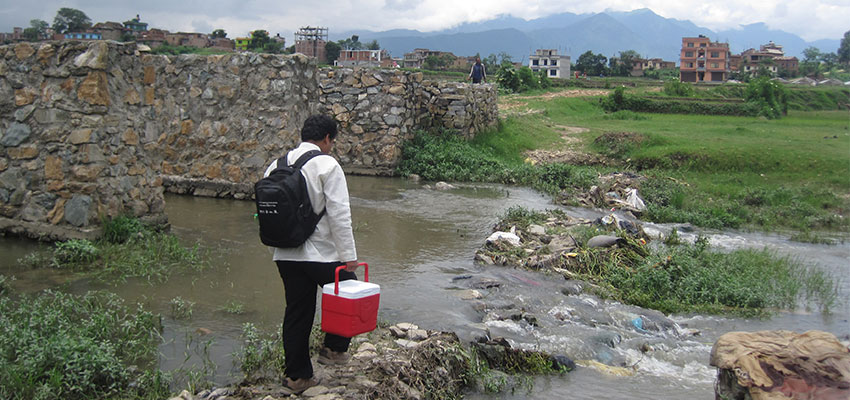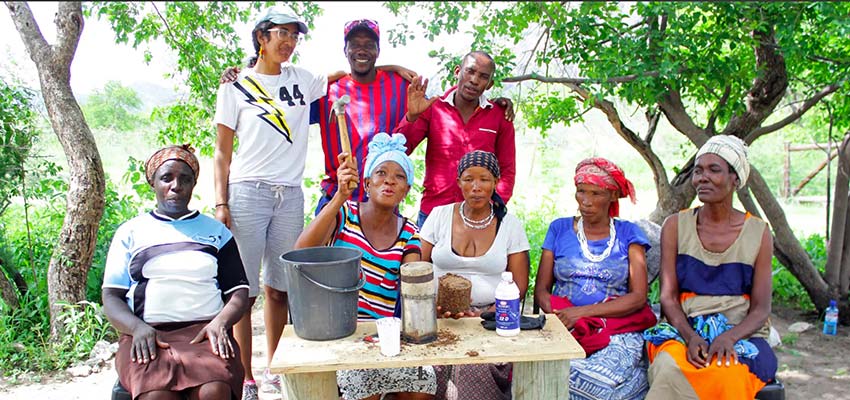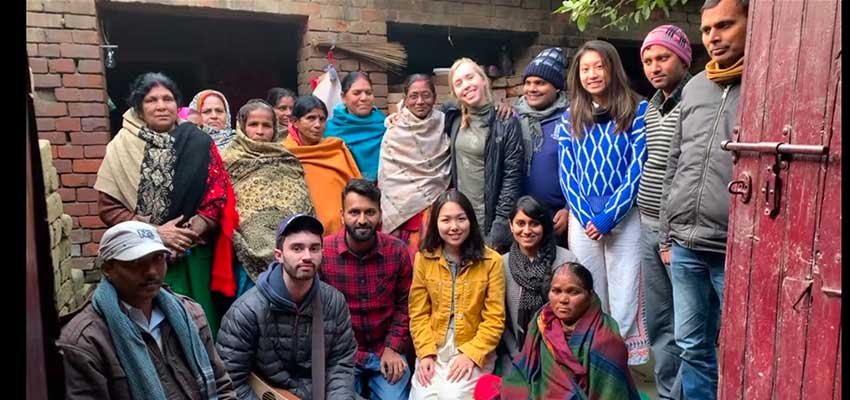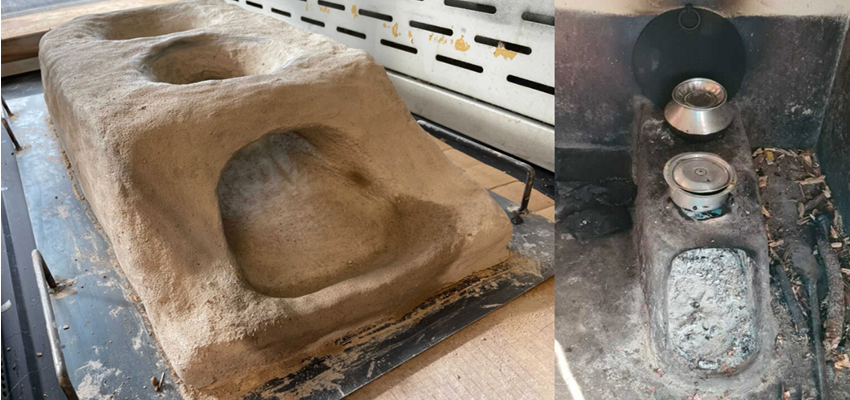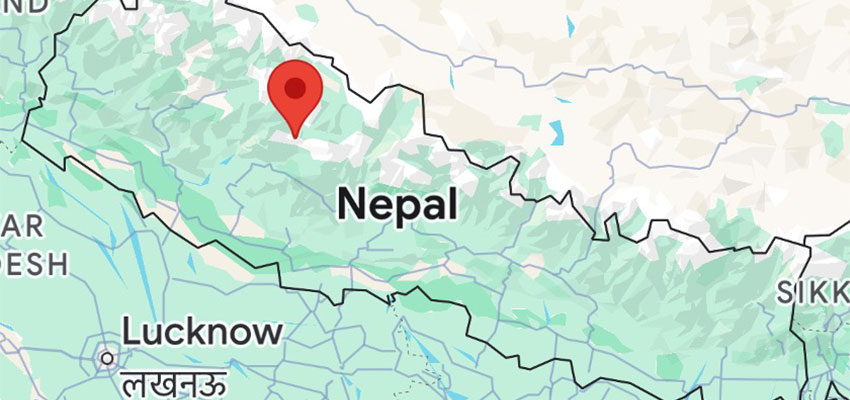
Conducting a comprehensive needs assessment to identify key maternal and neonatal challenges in rural Nepal and inform future solution-oriented projects aimed at reducing maternal and neonatal mortality rates.
MIT D-Lab Class
Student team
- Srihitha Dasari ‘26 (MIT) - Third-year undergraduate at MIT studying Brain and Cognitive Sciences with minors in Anthropology and Environment & Sustainability, interested in advancing health equity through interdisciplinary solutions.
- Shreya Ravikumar ‘25 (MIT) - Fourth-year undergraduate at MIT studying Artificial Intelligence and decision-making with a minor in Political Science, passionate about developing participatory solutions to improve access to healthcare.
- Zoe Wu ‘25 (Harvard T.H. Chan School of Public Health, Epidemiology)- Second-year master’s student in Epidemiology dedicated to advancing global health equity through epidemiological research and community engagement.
- Lauren Lee ‘26 (Wellesley College) - Undergraduate at Wellesley College studying Data Science and Sociology passionate about enhancing global feminism through policy analysis.
- Naomi Wang ‘26 (Wellesley College) - Third-year undergraduate at Wellesley College studying Media Arts and Science, with a focus on human-centered technology design.
- Maggie Wang ‘26 (Wellesley College) -Undergraduate at Wellesley College studying Economics and Sociology, passionate about promoting health equity, affordability, and expanding healthcare access for marginalized communities.
Community partners and mentor
- National Innovation Center, Mahip KC, Swastika Parajuli, Sanjay Bahadur Singh
- Mathieu Aguesse (team mentor), MIT D-Lab and UC Berkeley Instructor and CEO of Schoolab San Francisco, a program focused on innovation through collaboration between students, startups, and corporations.
Country
Nepal
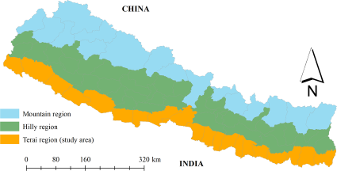
Problem
In Nepal, the current maternal mortality rate is 151 per 100,000 live births, and the neonatal mortality rate is 21 per 1,000 live births—both above the Southern Asia average1,2. These high mortality rates are partly attributed to Nepal’s diverse topographical landscape. According to the Nepal Demographic and Health Survey in 2022, only 67.6% of women who reside in rural locations receive postnatal checks during the first two days after birth. Moreover, mountain residences (76.6%) are less likely to receive birth delivered by skilled providers, compared to hill residences (81%) and terai residences (79.9%)3.
Cultural context
With over 120 ethnic groups and 123 languages, healthcare norms vary widely across regions, often influenced by traditional beliefs and geographic challenges.⁴ In many rural areas, cultural norms lead women to rely on traditional birth attendants or give birth at home due to trust, affordability, and limited access to skilled care. Postpartum practices, such as chhaupadi—the isolation of women during menstruation or childbirth—persist in some areas, increasing health risks despite legal prohibition.⁵
Patriarchal family dynamics further complicate maternal health, as decisions about seeking care often rest with husbands or elders rather than the women themselves. Religious customs and local traditions also influence the acceptance of medical interventions. Understanding these cultural dimensions is critical for designing interventions that respect local practices while improving maternal and neonatal outcomes. Through participatory engagement with local stakeholders and healthcare workers, our project aims to identify solutions that balance cultural sensitivities with effective healthcare practices.
Needs assessment
This initiative evaluates current practices by conducting a thorough needs assessment to enhance healthcare practices that foster low-cost, accessible, and locally innovative solutions. Our team will identify key barriers to maternal and neonatal healthcare in rural Nepal and create a list of recommendations for possible solutions, along with descriptions of project ideas for future D-Lab students. This project fosters collaboration between MIT and Nepal's National Innovation Center (NIC).
This project will employ a user-centered design approach, gathering input from the Nepalese community through in-person interviews. Small focus group discussions in community circles will help us gather local insights. Incorporating this input enables us to tailor our needs assessment to Nepalese health workers and women’s lived experiences, guiding recommendations for future MIT D-Lab projects.
Theory of Change
We hope that by implementing a user-centered design approach—conducting local focus groups and interviewing mothers, community healthcare workers, and other stakeholders—we can identify key underlying factors for maternal and neonatal health challenges in rural Nepal. We aim to use these insights to develop recommendations that inform future NIC and MIT D-Lab innovations addressing systemic gaps in maternal and neonatal health outcomes in low-resource settings.
Next steps
Upon completing the needs assessment, the Nepal team will present our findings to NIC and MIT D-Lab. NIC, with its strong community ties and prior fieldwork in Nepal, will ensure these insights are shared locally and integrated into future projects, promoting transparency and continued collaboration with those involved. Additionally, this team will publish an open-access editorial summarizing all findings from the needs assessment.
References
- “South Asia.” World Bank Gender Data Portal, https://genderdata.worldbank.org/en/regions/south-asia. Accessed 22 Nov. 2024.
- Newborn Mortality. https://www.who.int/news-room/fact-sheets/detail/newborn-mortality. Accessed 22 Nov. 2024.
- Nepal Demographic and Health Survey Key Indicators Report.pdf. Accessed Nov 22, 2024. https://dhsprogram.com/pubs/pdf/PR142/PR142.pdf
- “Ethnic Groups in Nepal.” Nepal Visitors, https://www.nepalvisitors.com/ethnic-groups-in-nepal/. Accessed 22 Nov. 2024.
- “Chhaupadi: Addressing Menstrual Taboos in Nepal.” The Borgen Project, https://borgenproject.org/menstrual-taboos-in-nepal/. Accessed 22 Nov. 2024.
Contact
Libby Hsu, Lecturer; MIT D-Lab Associate Director of Academics


